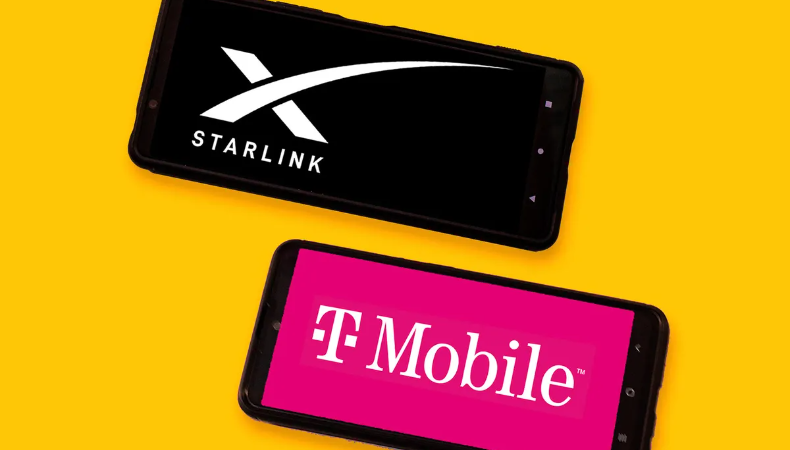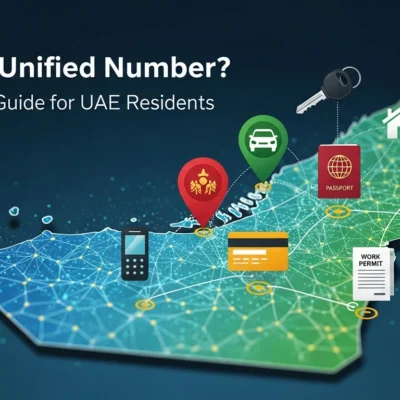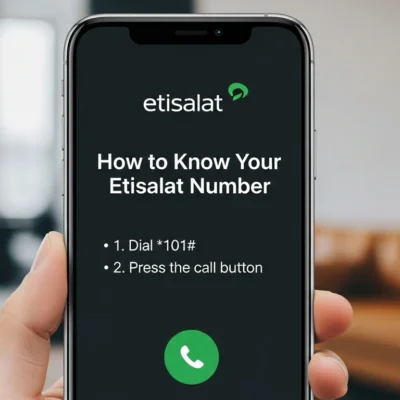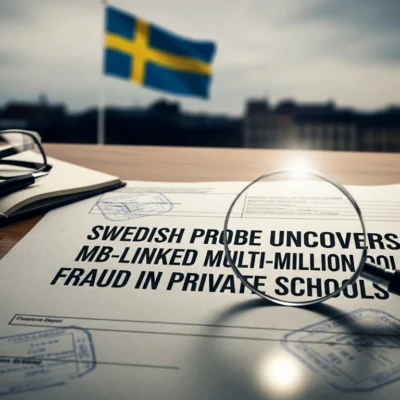SpaceX and T-Mobile Partner to Provide Emergency Cell Service Following Hurricane Helene

The U.S. Federal Communications Commission (FCC) approved an innovative project between Elon Musk’s SpaceX and T-Mobile under emergency conditions on Sunday, allowing Starlink satellites with direct-to–cell capability to supply vital communication services in North Carolina, a state badly hit by Hurricane Helene. This cooperation is a major first step toward restoring connectivity and guaranteeing resident communication both during and following such catastrophic natural events.
https://x.com/elonmusk/status/1843903981480980642
Efforts at Emergency Response and the FCC’s Role
Recognizing the critical need for dependable wireless and internet services in areas badly hit by crises, the FCC has a long history of providing emergency temporary permits during catastrophes. In stressing the agency’s dedication to recovery, an FCC spokesman said, “We stand ready to do all that is necessary to return connectivity to hard-hit areas and save lives.” This dedication shows a larger awareness of the need for communication in times of crisis for not just personal ties but also for organizing rescue and recovery campaigns.
Starlink satellites activated and emergency alerts sent to cellphones across all networks in North Carolina by SpaceX in partnership with T-Mobile. SpaceX is also looking at testing most cell phones on the T-Mobile network in the impacted area basic texting (SMS) capabilities. For residents seeking to reach loved ones or access emergency services, this service could prove essential and even help to save lives in the process.
The Impact and Recovery Efforts of Hurricane Helene
Restoring communication systems in North Carolina has proven somewhat difficult following Hurricane Helene. Due to the extensive damage the storm inflicted, over 74% of cell towers in disaster-affected regions were reportedly inoperable on September 28. Thankfully, as of Sunday, that figure has reduced to 17% as repair teams labor hard to bring services back. This drop in outages shows the continuous attempts at recovery and the vital part technology performs in disaster control.
Emphasizing the need of early access to these services into the hands of people on the ground, T-Mobile showed their support for the endeavor. “While SpaceX’s direct-to–cell constellation has not been fully deployed, we felt that getting even this early test version into the hands of people on the ground could provide vital support as teams work to get infrastructure and services back online and help first responders with rescue efforts.” the company said. This proactive strategy emphasizes how urgently crisis response calls for quick help.
Reconfiguring Connectivity: T-Mobile’s Efforts
With less than 1% of network sites still having problems, T-Mobile has stated that its network is almost totally rebuilt in the impacted areas. Not only is personal communication important, but coordination of emergency response activities depends on the company’s relentless efforts to guarantee re-establishment of communication channels. T-Mobile’s initiatives draw attention to the need of keeping strong communication infrastructure in view of natural events.
FCC Commissioner Brendan Carr underlined the emphasis on allowing emergency alerts to cell phones, saying, “It is critical to moderate expectations here. As far, Starlink lacks a complete constellation of direct-to—cell satellites in space. Carr still noted the value of the project, stressing that Starlink is acting significantly to meet the immediate need for connectivity in disaster-torn regions.
Creative Technology for Crisis Communication
Apart from distributing over 10,000 Starlink kits to help Hurricane Helene victims, SpaceX and T-Mobile have turned on their direct-to–cell satellites to offer emergency warnings for every phone user, independent of their carrier. The FCC’s quick approval of special temporary permission for like service in Florida ahead of Hurricane Milton highlights even further the proactive steps being made to improve communication resilience in catastrophe conditions.
For T-Mobile users in the impacted areas, the basic SMS capability has been turned on so they may send and receive text messages. people who must convey critical information—that is, people who must call relatives or access emergency services—especially depend on this capacity. For emergencies, local residents can SMS 911, therefore giving first responders a lifeline at pivotal times.
Those whose phones link to a Starlink satellite will find “T-Mobile SpaceX” shown in their network name, therefore signifying the existence of this new service. Although users may have different connectivity—usually obtaining 1 to 2 bars of signal strength—the service is meant to operate outdoors and may also work indoors close to windows. The service runs on a best-effort basis, hence users are informed that should their initial attempt fail, they might have to manually retry sending text messages. This flexible approach emphasizes the creative use of technology to assist communities under crisis and the need of teamwork in improving public safety.
Accessibility and User Experience Issues
The implementation of this service raises questions about user experience as well. Many residents—especially those in rural areas or neighborhoods with lots of trees—may find that reaching a stable connection calls for imaginative problem-solving. For best effectiveness, outside use is advised; thus, users may have to try several sites to raise their odds of effectively delivering messages. This feature of the technology emphasizes the need of community involvement and education in order to maximize the use of these developed systems.
Furthermore, the project affects more general future disaster response plans. Real-time communication will become ever more crucial as the frequency and strength of hurricanes and other natural catastrophes keep rising. This cooperation between SpaceX and T-Mobile sets a standard for next projects aiming at enhancing disaster response capacity and shows how creative technology can be used to solve the issues presented by climate change.
Looking ahead: How may technology help with disaster recovery?
Using satellite technology to overcome the difficulties presented by natural disasters, SpaceX’s alliance with T-Mobile marks a major breakthrough in emergency communications. Initiatives like these are absolutely vital in ensuring that communities remain linked during crises as climate change raises the frequency and intensity of storms.
The reaction to Hurricane Helene emphasizes the dependability of technology and the need for strong infrastructure for disaster rehabilitation. While businesses and governments cooperate to solve connectivity issues, the emphasis will probably stay on using creative ideas to improve public safety and support recovery initiatives in future calamities. The success of this project could open the path for such future joint efforts between public and commercial sectors to produce all-encompassing catastrophe management solutions.
Finally, the cooperation between SpaceX and T-Mobile shows a proactive attitude to guarantee communication accessibility during Hurricane Helene. This program not only helps people to get back in touch with their friends and relatives but also is rather important for first responders and emergency services. The success of this direct-to—cell capability will probably establish a standard for next emergency reactions as the recuperation process is under progress. A monument to human resiliency and inventiveness in the face of hardship, the capacity to rapidly adapt and apply creative technology in times of crisis shows




